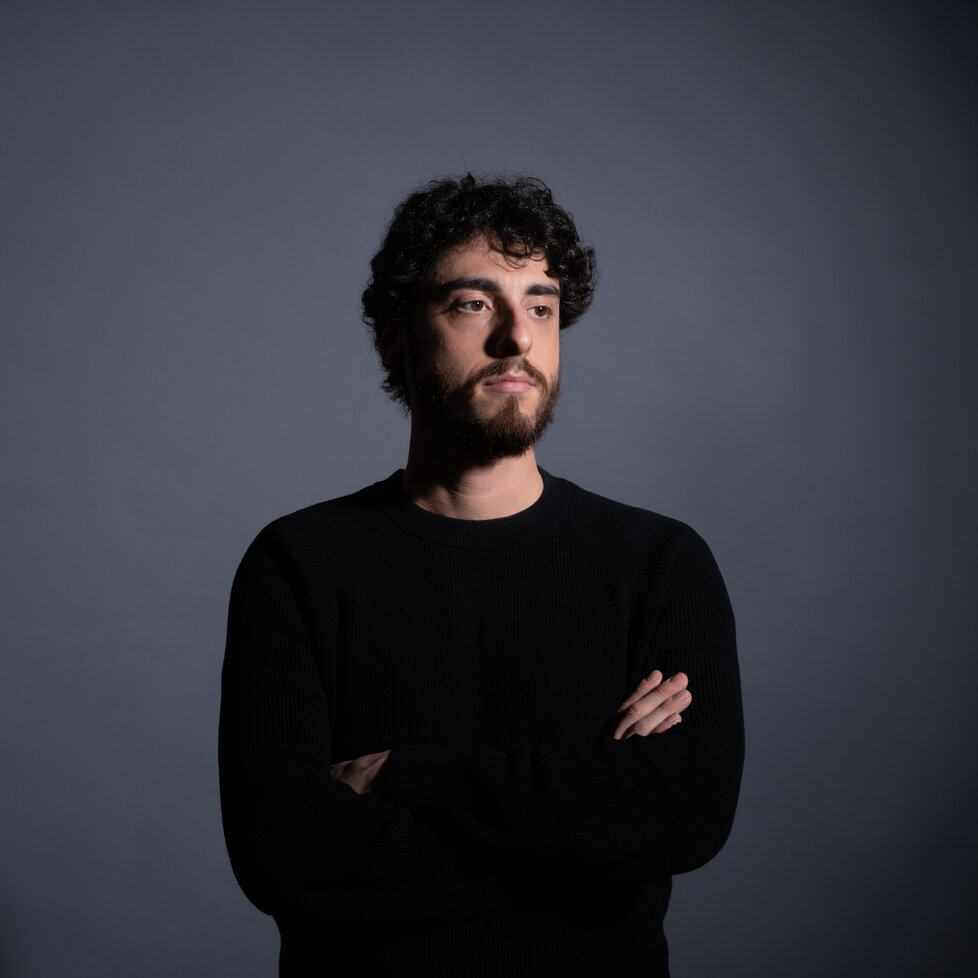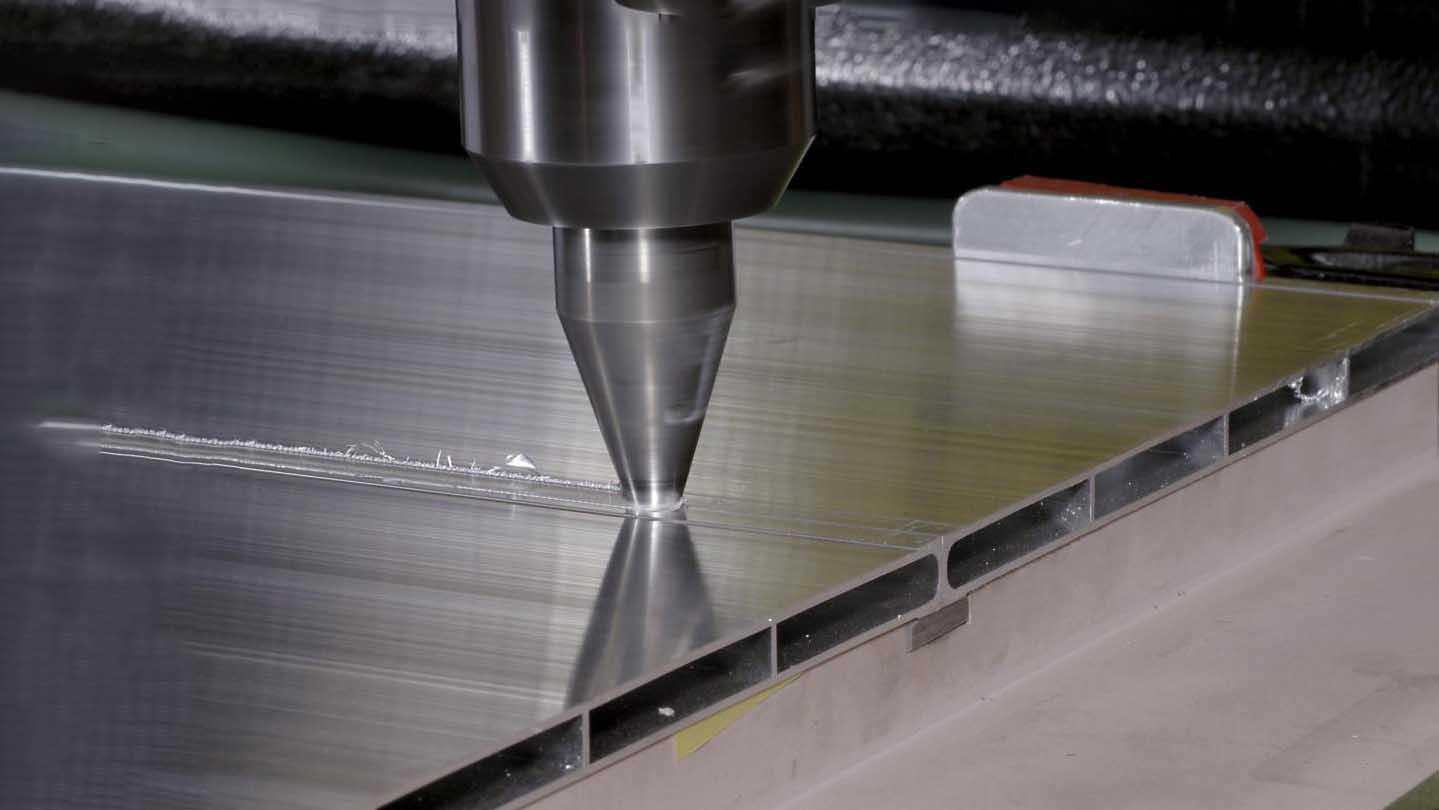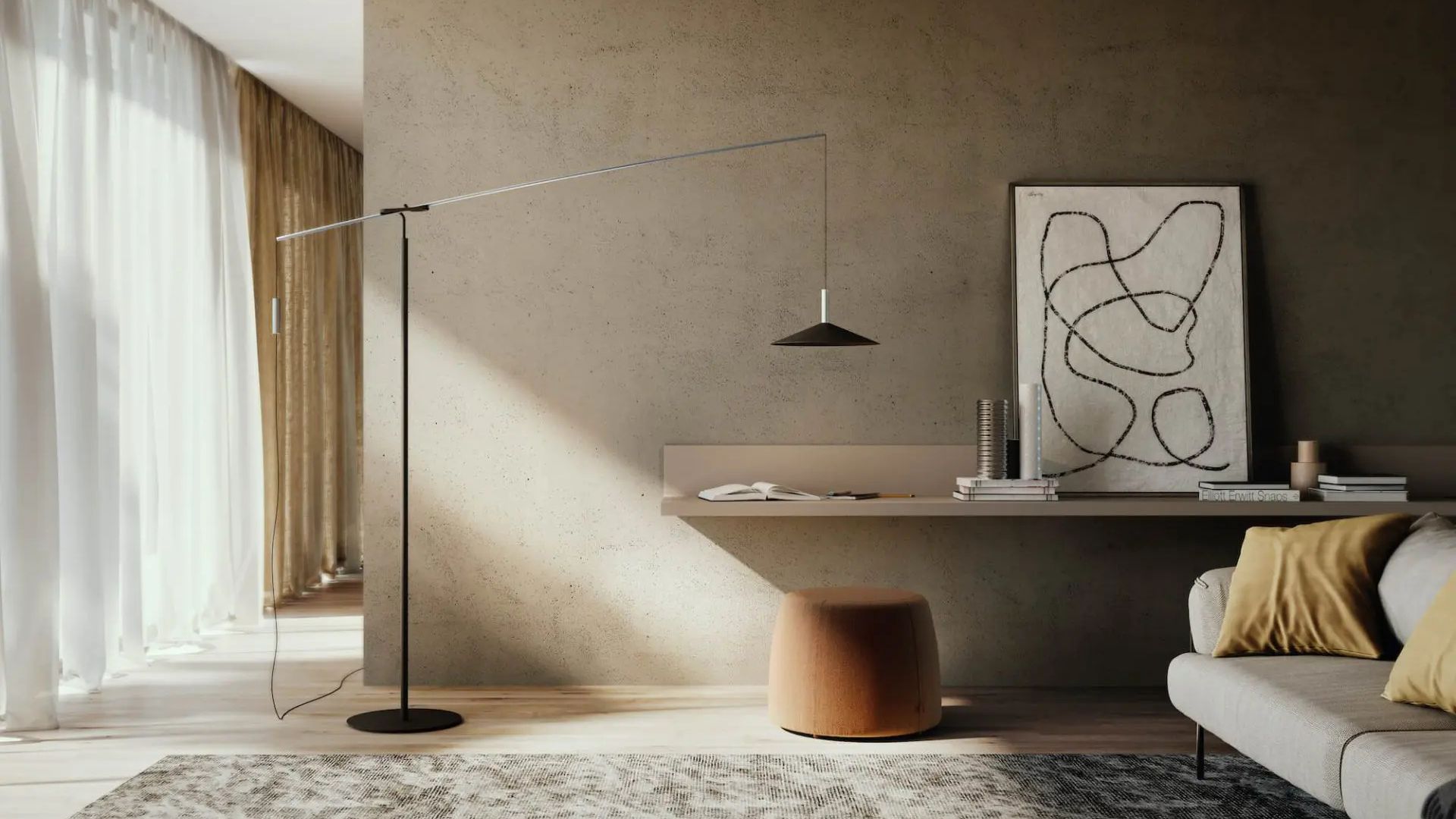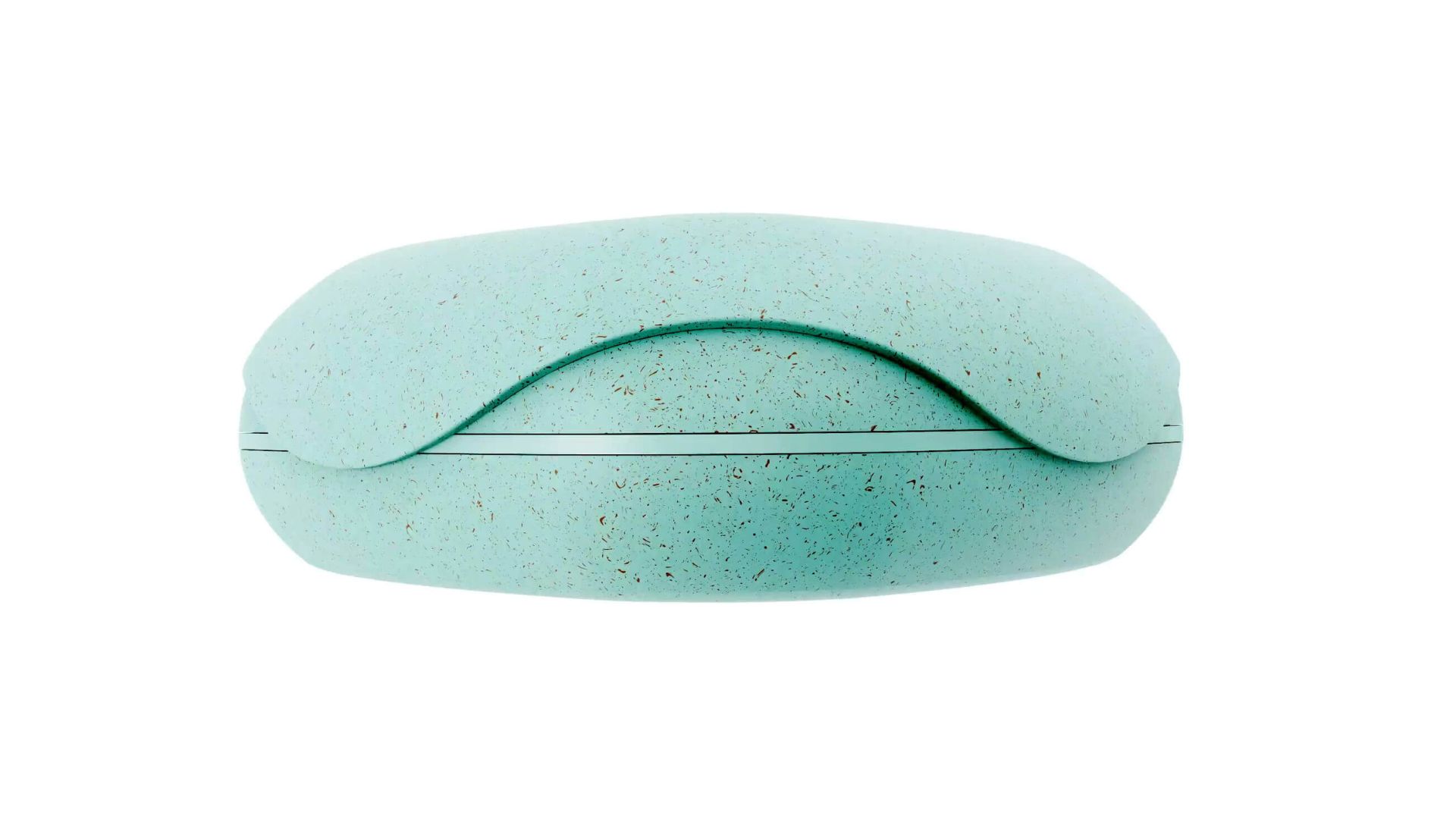Meet the industrial designer who is changing the content creation game
Amplifying the voices of designers is pivotal; it illuminates the importance of design, fosters fresh perspectives on life, and encourages the enhancement of knowledge and responsibility

Anson Cheung is a very particular designer, mainly known not for what he does but for what he says (at least for now). Currently, he is one of the most prominent voices on LinkedIn concerning industrial design, effectively filling a significant void in the design world—a lack of an actual content creator.
Professionals such as chefs, personal trainers, psychologists, among others, have already inundated the internet with their opinions, workflows, and recommendations, thereby enabling people to recognize the true value of their expertise. This is all achieved through a simple yet effective strategy: education.
Most of the time, content creation falls within the purview of younger individuals who possess a strong affinity for social media. They usually embark on this journey for fun, which then gradually evolves into a full-fledged profession. However, Anson’s trajectory took a different route.
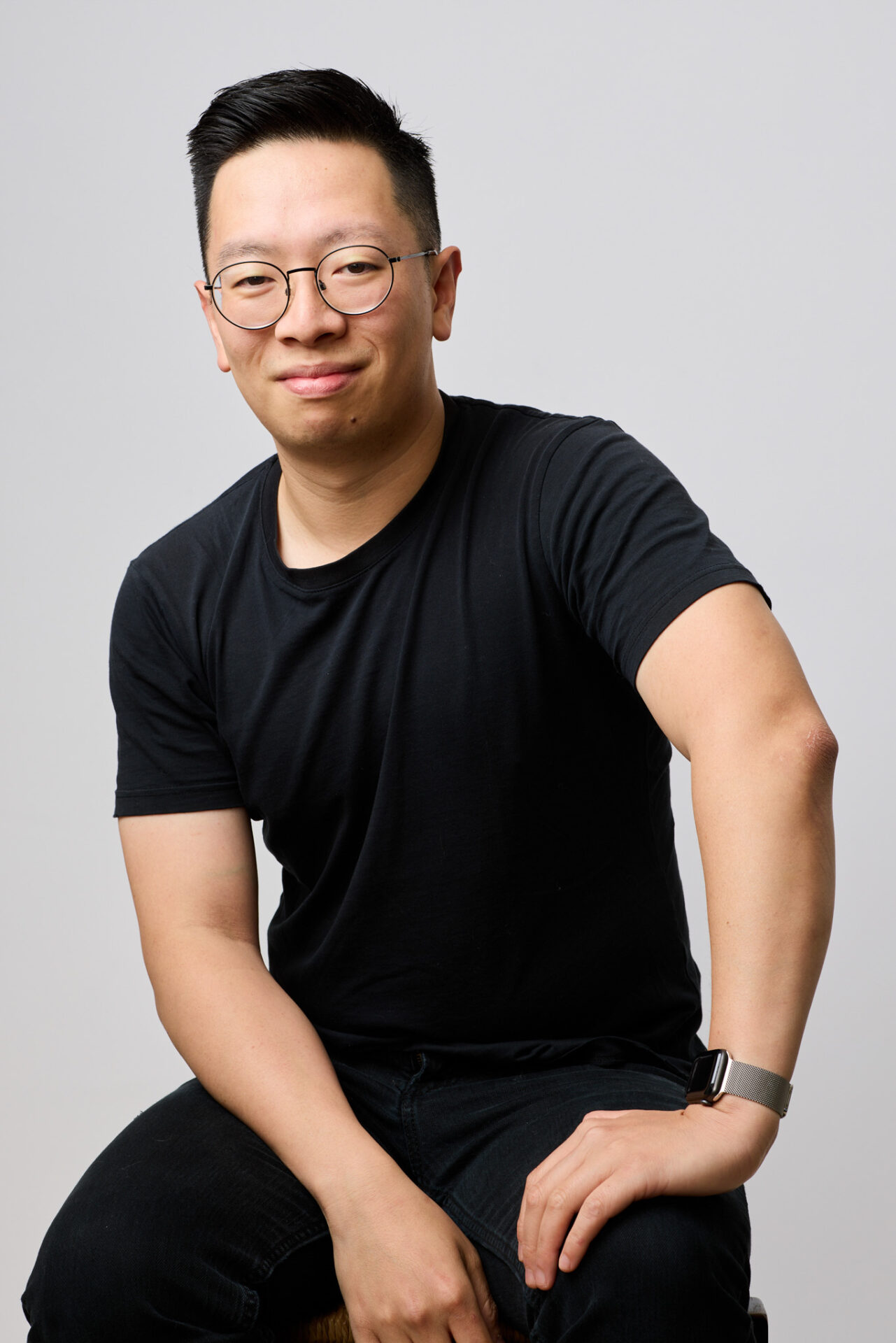
His strategy materialized after a significant life change—departing from a prominent and secure position as a partner in a major US design agency (Bould Design) to embark on a new adventure as a solo practitioner.
Thus, his move to a solo career wasn’t confined to establishing a home-based business. It represented a shift toward a novel and contemporary strategy—one that extended beyond mere networking. Rather, it revolved around bolstering his online presence, with a particular emphasis on LinkedIn. A simple replication of his Instagram content-sharing approach wouldn’t suffice; after all, the internet was already awash with images, and this approach had become commonplace.
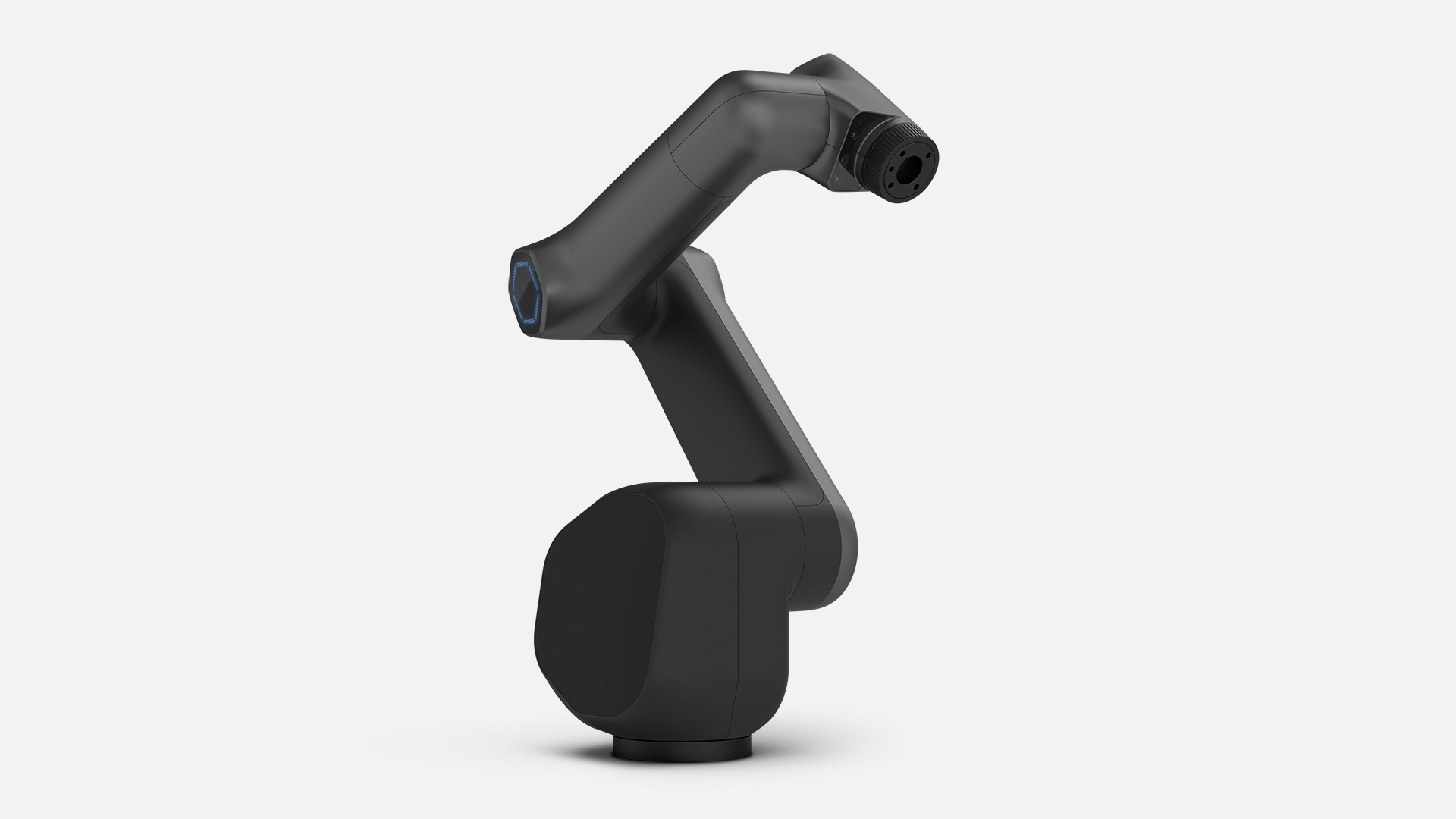
Drawing inspiration from content creators across various fields, exemplified by figures like Justin Welsh, who managed to turn content creation on LinkedIn into a lucrative enterprise, Anson Cheung identified this platform as a promising space. It held untapped potential, and he devised a straightforward plan: exert influence, drive sales, and ultimately reap the rewards.
During a recent conversation I had with him, I probed deeper to ascertain the efficacy of his approach. Anson elucidated that his strategy wasn’t confined to a mere funnel marketing tactic; instead, it was a more nuanced endeavor centered around awareness. Elevating his online presence resulted in heightened visibility for his posts, enabling them to reach a broader audience, including both clients and partners.
He emphasized, “Over time, collaborators tend to forget about your existence. By maintaining a strong presence and ensuring frequent encounters with your name, you instill an awareness that you’re active and open to collaboration.”

As a fellow designer, I find this strategy remarkably effective. In the initial stages, many of us mistakenly believe that a cold email or an eye-catching rendering is sufficient to attract potential clients. However, design is not as rapid a process as baking a cake. It doesn’t culminate in a product after a mere 90 minutes and $40 spent.
The stakes are higher; entrepreneurs invest substantial resources, making trust an essential cornerstone. Projects can span 3 to 5 years, and the selection of the right professional is a decision not to be taken lightly.
Hence, maintaining a consistent and authoritative presence can embed your image in the minds of potential clients, patiently awaiting the opportune moment.
A critical aspect often underestimated by creatives in the field of industrial design is the time-intensive nature of their work, often shrouded in confidentiality. As a result, sharing ongoing workflows is often unfeasible, if not entirely prohibited.
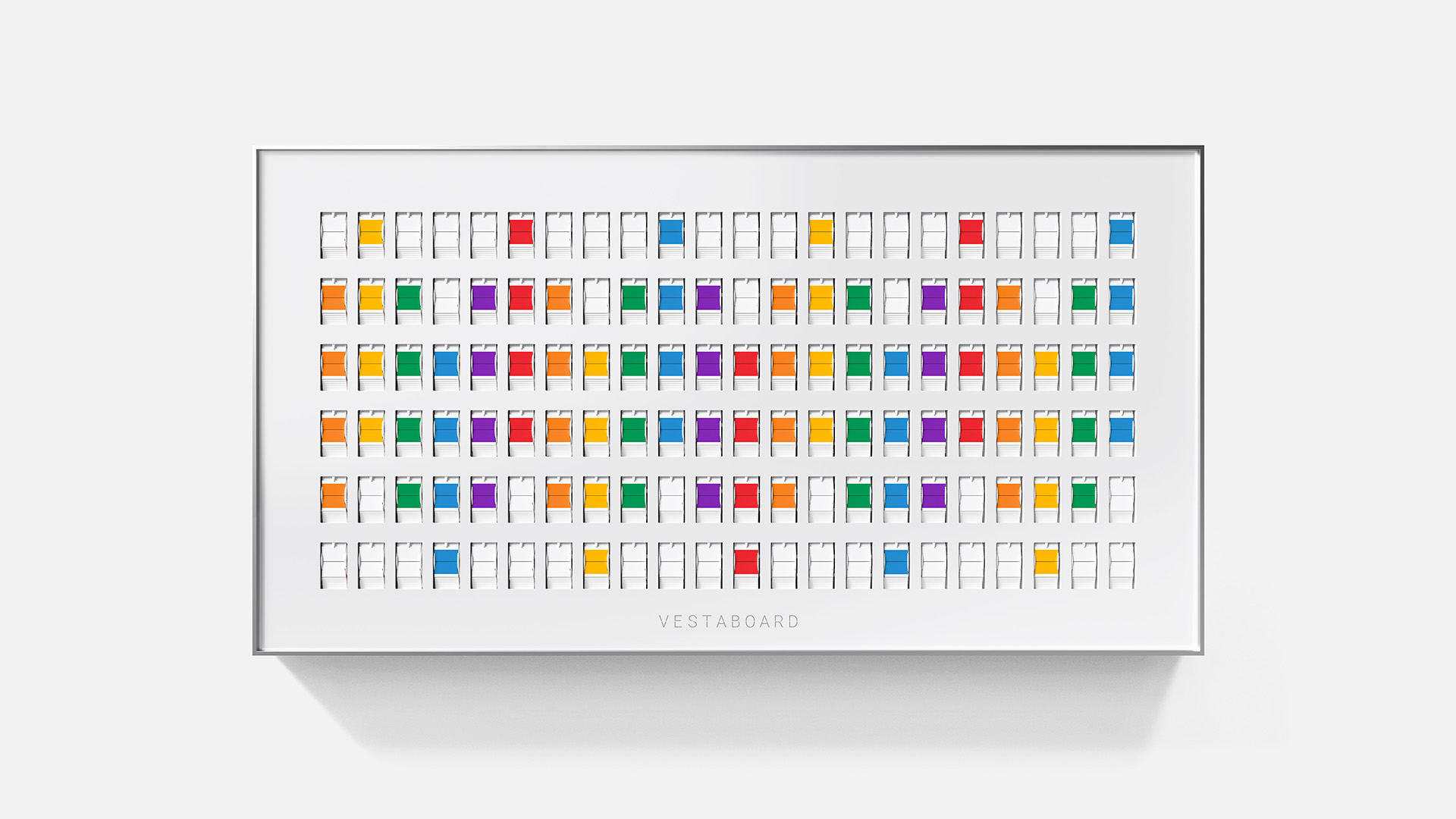
While exceptional individuals like Nick Baker can muster boundless energy to juggle personal projects alongside client assignments (I’ve had the privilege of encountering Nick’s tireless enthusiasm), more often than not, time is a precious commodity.
This leads to either a complete absence of sharing or misguided attempts, like creating an Instagram reel demonstrating how to peel an orange in Blender.
Trust me, unless your life goal revolves around mastering Blender-based citrus endeavors, this isn’t a prudent strategy. Alternatively, venturing into the realm of experimentation on a platform, drawing inspiration from diverse fields, can yield inspiration and triumph.

These words might carry motivational undertones, but their intent extends beyond mere motivation.
Amplifying the voices of designers is pivotal; it illuminates the importance of design, fosters fresh perspectives on life, and encourages the enhancement of knowledge and responsibility.
Much like how chefs have elucidated the virtues of fresh, well-cooked ingredients, fostering a deeper understanding of food’s impact, this two-fold approach yields mutual benefits. It has legitimized culinary craftsmanship and empowered customers to make informed choices. If you’re a skilled chef, the clientele will seek you out; conversely, mediocrity goes unnoticed.
Similarly, the contemporary landscape beckons design to be elevated culturally, bridging the chasm that often blinds consumers (and even companies) to the origin and quality of the objects they interact with.
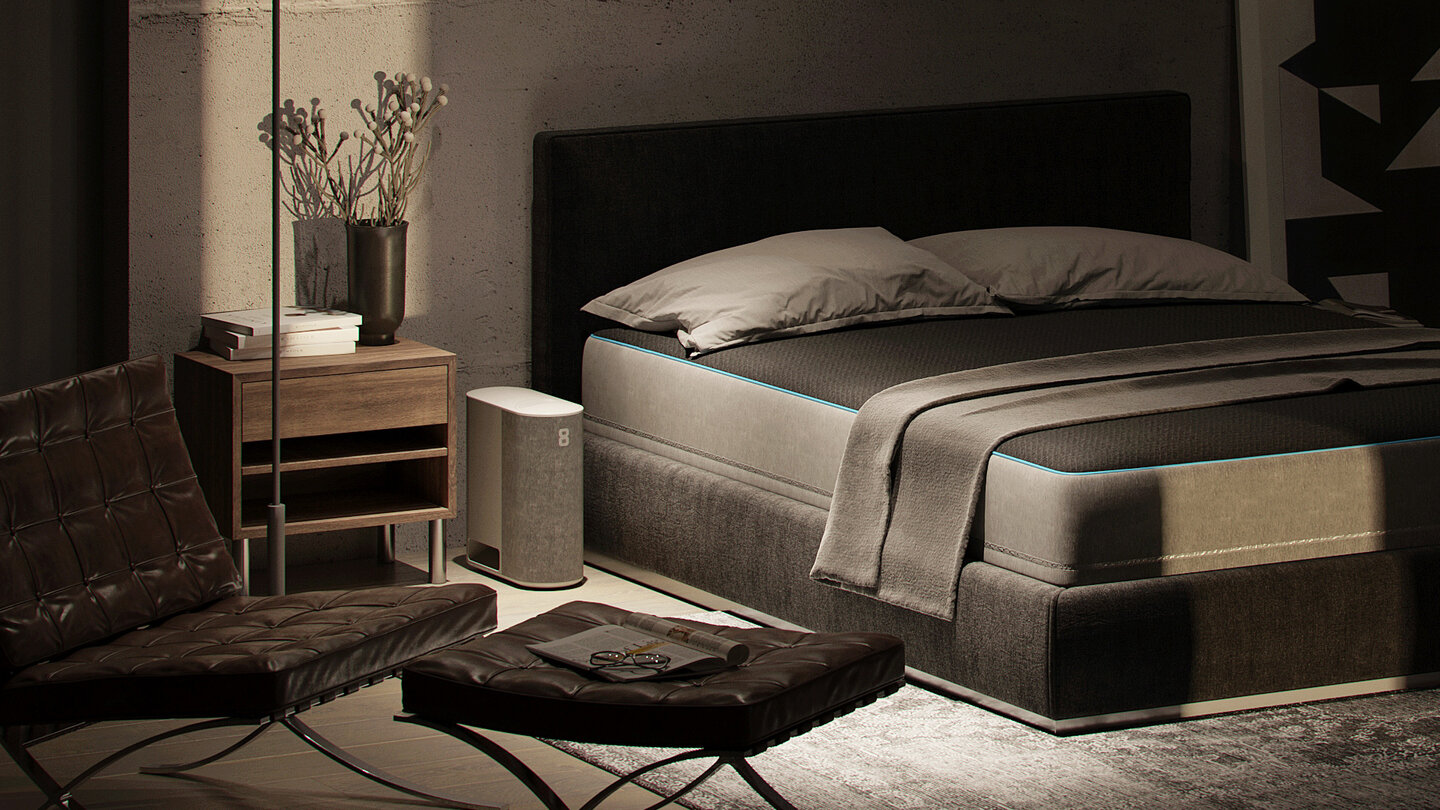
Spreading design culture, nurturing emerging talents into professionals, and fostering dialogues among designers represent the initial steps toward this transformative journey.
We owe a debt of gratitude to Anson Cheung for igniting this trend (I’ve already noticed others embracing his influence to embark on their own posting endeavors). Although Anson’s destination remains uncertain—whether he’ll expand his agency’s footprint or share personal undertakings—the design community watches with anticipation, intrigued by how this pioneer will chart the course and subsequently influence the design realm.


